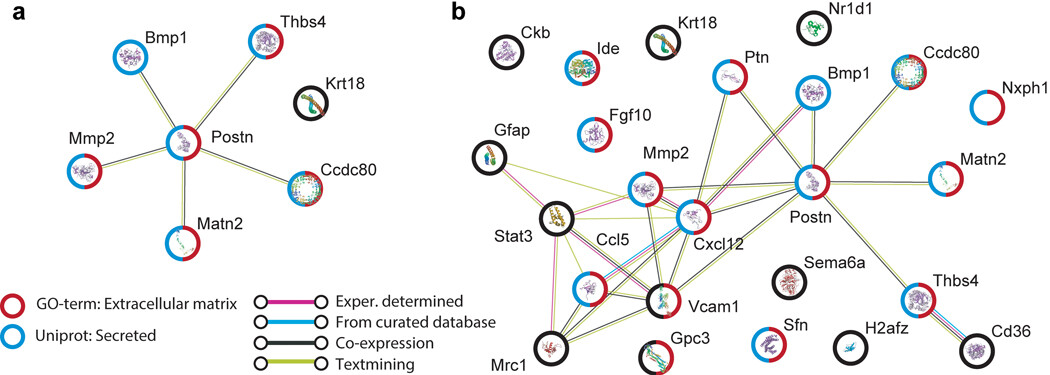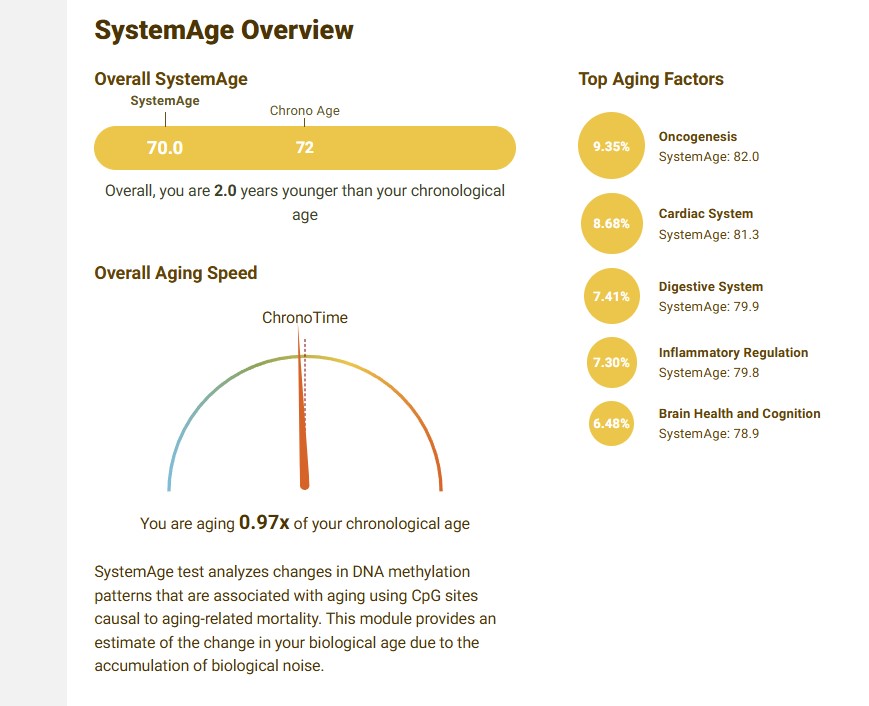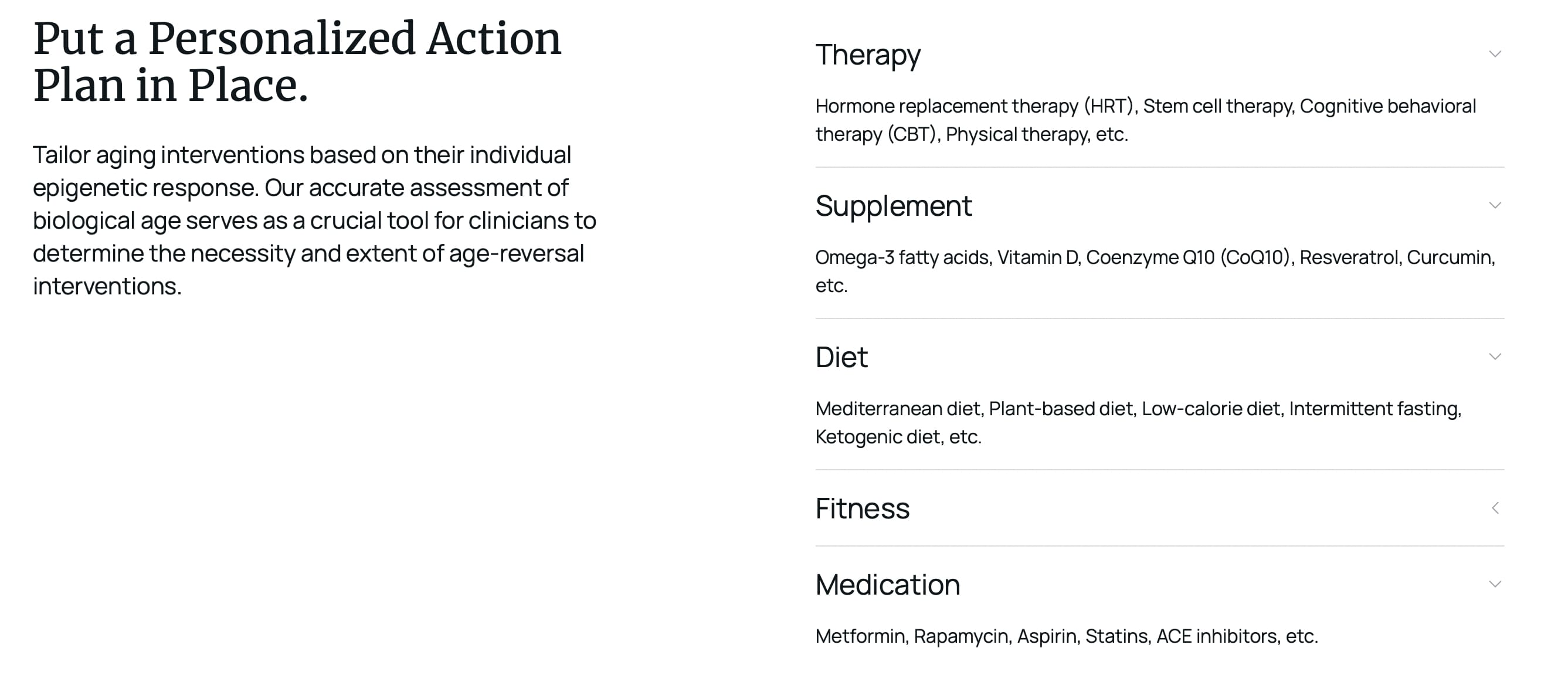Is anyone trying this out, or planning to soon?
SAN FRANCISCO, May 31, 2024 (GLOBE NEWSWIRE) – Generation Lab, the first longevity platform to measurably extend the human lifespan, today announced the general availability of its groundbreaking offering: the first platform that measures aging speed, biomarkers for disease, and top aging factors. It offers personalized action plans aimed at cell regeneration across key organs and systems to slow or even reverse aging.
While interest in longevity is increasing, clinicians and their patients have trouble identifying which interventions are truly effective and which are not. Until now, there has been no way to scientifically measure effectiveness, beyond how a person looks or feels. And not every intervention is effective for everyone.
Based on peer-reviewed science and groundbreaking research led by company co-founder Dr. Irina Conboy, UC Berkeley, and published as a cover story in Aging in Sept 2023, the Generation Lab Longevity Platform is now available and encompasses three steps:
- The “SystemAge” Test: An easy-to-use test that measures a person’s aging speed and “biological noise” across 19 major organs and systems in the body;
- Personalized Action Plans & Review with a Doctor: A personalized report is sent with details on the health of each function of the body - inflammation, regeneration, homeostasis, reproduction, etc. Users are connected to a physician to review clinical and lifestyle interventions the person might consider to slow the aging process or improve health for each system;
- Efficacy Measurement & Follow Up Tests: Subsequent testing to measure the efficacy of those interventions, followed by an updated report and recommendations.
The cycle is repeated 3-4x a year, enabling people to continually adapt their longevity approach as their body changes. In addition to addressing longevity, Generation Lab’s platform can also help identify chronic, age-related diseases – including neurodegenerative diseases and many types of cancer – before symptoms are present, enabling physicians to begin early treatment.
Not Just Another Biological Clock
Unlike biological clocks, which are based on linear models that predict aging and disease by comparing a few people to each other, Generation Lab quantifies biological age and aging speed through precise measurement of molecular biological noise, or the unhealthy fluctuation of processes in our bodies which increases with aging and disease.
One of the first longevity clinics to partner with Generation Lab was New York City’s Extension Health . Dr. Jonathann Kuo, Founder and Chief Medical Officer of Extension Health and a double board-certified Pain Management Specialist and Anesthesiologist, said, “In order to slow or reverse a patient’s aging process, as a first step we need an accurate measure of biological age. Generation Lab’s approach brings a level of accuracy that will allow us to bring the best patient care to our customers. It changes the game by enabling us to start with a holistic picture and set a baseline that we can refer to as we treat patients over time. It’s an incredibly exciting development for those of us working in longevity, and we think it will help boost patient interest in interventions.”
“Generation Lab data can demonstrate real economic benefits to longevity treatment, because reversing or slowing aging results in better health, which leads to lower healthcare spending,” said Alina Rui Su, co-founder and CEO of Generation Lab. “Over time, Generation Lab is building a comprehensive data set on the efficacy of different aging interventions, to help separate truly effective approaches from the snake oil that continues to propagate in this field. We think this data will be useful not just for patients and physicians but also for insurers, employers, and other healthcare payers.”
Healthcare 3.0: Ushering in an Era of Preventive Care
Healthcare 3.0 represents a paradigm shift in personalized, preventive and precision medicine, leveraging advanced technologies such as AI, genomics and digital health solutions. It will optimize patient outcomes, reduce healthcare costs, and help people live healthier longer.
“We are a catalyst for Healthcare 3.0, where healthcare is preventive not reactive, and every person has control over their own health journey,” said Su.
The Generation Lab platform is available for purchase online or via one of the dozens of longevity clinics across the U.S. in our affiliate program.
About Generation Lab
Generation Lab provides the first and only platform that measures the effectiveness of longevity interventions to identify what works. Co-founded by pre-eminent aging and longevity researcher Dr. Irina Conboy from UC Berkeley, Generation Lab combines an easy-to-use test with proprietary techniques to definitively measure molecular disbalance that indicates aging and risk of disease before symptoms arise. The company works with clinicians who can recommend personalized interventions to increase health, wellness, and longevity; and Generation Lab uniquely measures the effectiveness of these over time.


